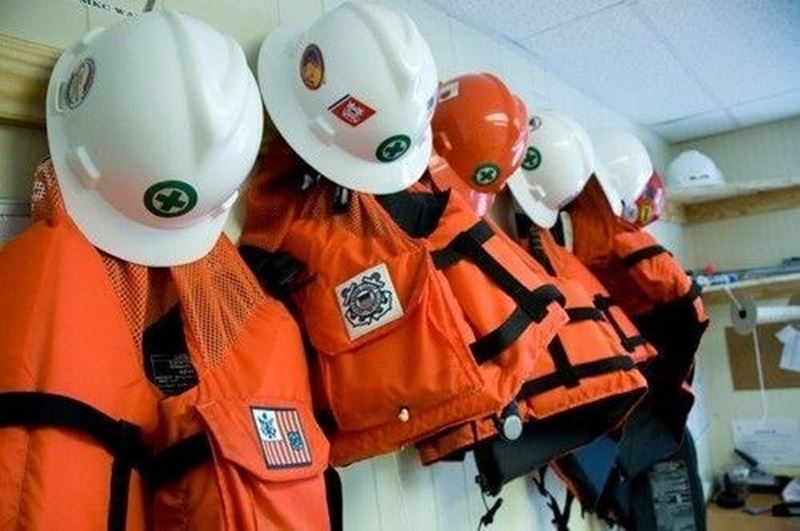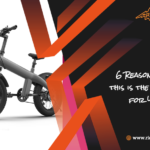Personal Protective Equipment is a crucial aspect of workplace safety, and its usage is mandatory in many industries to ensure the well-being of employees. It refers to gear or clothing worn by workers to protect them from potential hazards in the workplace, such as exposure to hazardous substances, and electrical, physical, and biological hazards, among others. The types of protective equipment used vary depending on the specific hazards present in a particular job, and it is essential to understand the importance of using protective equipment in the workplace.
In industries and work environments where working at heights is a common practice, ensuring the safety of workers is of paramount importance. Fall protection consulting services play a crucial role in identifying potential fall hazards, assessing risks, and providing effective strategies to prevent accidents and injuries.
Types of Jobs Require Personal Protective Equipment (PPE)
1. Construction Industry
2. Manufacturing Industry
3. Healthcare Industry
4. Waste Management Industry
5. Oil and Gas Industry
6. Agriculture Industry
7. Mining Industry
1. Construction Industry
Construction sites are known to be some of the most hazardous working environments, and workers are often exposed to various risks such as falls, cuts, and electrical hazards, among others. To mitigate these risks, workers in construction sites are required to wear a variety of PPE (Personal Protective Equipment), including hard hats, safety glasses, high-visibility clothing, gloves, and steel-toed boots, among others. Workers are protected from head injuries such as falls, bumps, and impacts from falling objects by the design of hard hats. Gloves protect workers from cuts and hand injuries, and steel-toed boots protect feet from falling objects and other hazards. High-visibility clothing is necessary to ensure workers are visible to others on the construction site, reducing the risk of accidents.
Safety glasses or goggles protect workers from eye injuries caused by flying debris, dust, and chemicals. The best safety glasses are the ones that are lightweight and give the right amount of protection to your eyes. It is very important that you invest in the best quality safety glasses which are highly durable.
2. Manufacturing Industry
Manufacturing industries are known for producing hazardous materials, including chemicals, toxic fumes, and hazardous waste. Workers in these industries are exposed to various health risks, and to protect them, they are required to wear Personal Protective Equipment (PPE) such as respirators, gloves, and protective clothing.
Respirators are essential in manufacturing industries as they protect workers from inhaling harmful fumes and chemicals. They are available in different types, including half-mask and full-face respirators, and workers must choose the appropriate type depending on the specific hazards present in the workplace. Gloves are used to protect workers from skin contact with hazardous materials, and protective clothing is necessary to prevent contamination from hazardous substances.
3. Healthcare Industry
The healthcare industry is another sector that requires the use of Personal Protective Equipment to ensure the well-being of both patients and healthcare workers. Healthcare workers are often exposed to infectious diseases and hazardous substances, and to protect them, they are required to wear PPE such as gloves, gowns, masks, and eye protection, among others.
Gloves are essential in the healthcare industry as they protect workers from exposure to bloodborne pathogens and other infectious diseases. Gowns are used to prevent contamination and protect workers from hazardous substances. Masks are used to prevent the spread of infectious diseases, and eye protection, such as goggles or face shields, is used to protect workers from splashes and sprays of infectious materials.
4. Waste Management Industry
Workers in the waste management industry are often exposed to hazardous waste, including toxic chemicals and infectious waste, and to protect them, they are required to wear PPE such as gloves, coveralls, and respiratory protection, among others.
Gloves protect workers from skin contact with hazardous waste, and coveralls prevent contamination and protect workers from hazardous substances. Respiratory protection is necessary to protect workers from inhaling harmful fumes and chemicals, and workers must choose the appropriate type of respiratory protection depending on the specific hazards present in the workplace.
5. Oil and Gas Industry
The oil and gas industry is known for being one of the most hazardous working environments, and workers are often exposed to various risks, including fires, explosions, and hazardous chemicals. To mitigate these risks, workers in the oil and gas industry are required to wear personal protective equipment such as fire-resistant clothing, hard hats, and respiratory protection, among others.
Fire-resistant clothing is essential in the oil and gas industry to protect workers from burns and heat exposure. Hard hats are used to protect workers from head-related accidents like a big fall or protection against any hard object that can strike the head. Respiratory protection is necessary to protect workers from inhaling harmful fumes and chemicals, and workers must choose the appropriate type of respiratory protection depending on the specific hazards present in the workplace.
6. Agriculture Industry
Workers in the agriculture industry are exposed to various hazards, including pesticides, chemicals, and dust, among others. To protect workers, they are required to wear PPE (Personal Protective Equipment) such as gloves, long-sleeved shirts, and respiratory protection, among others.
Gloves protect workers from exposure to pesticides and other chemicals, and long-sleeved shirts protect workers from sun exposure and other hazards. Respiratory protection is necessary to protect workers from inhaling dust and other harmful particles, and workers must choose the appropriate type of respiratory protection depending on the specific hazards present in the workplace.
7. Mining Industry
The mining industry is known for being one of the most hazardous working environments, and workers are often exposed to various risks, including falls, dust, and hazardous substances, among others. To protect workers, they are required to wear PPE such as hard hats, safety glasses, high-visibility clothing, gloves, and steel-toed boots, among others.
Wrapping Up
The use of personal protective equipment is crucial in many industries to ensure the well-being of employees and prevent workplace accidents and injuries. Workers must understand the importance of using it and choose the appropriate type of personal protective equipment for their specific job. Employers have a responsibility to provide workers with the necessary PPE and to ensure that it is used correctly. The use of protective equipment is essential in ensuring a safe working environment and preventing workplace accidents and injuries.







